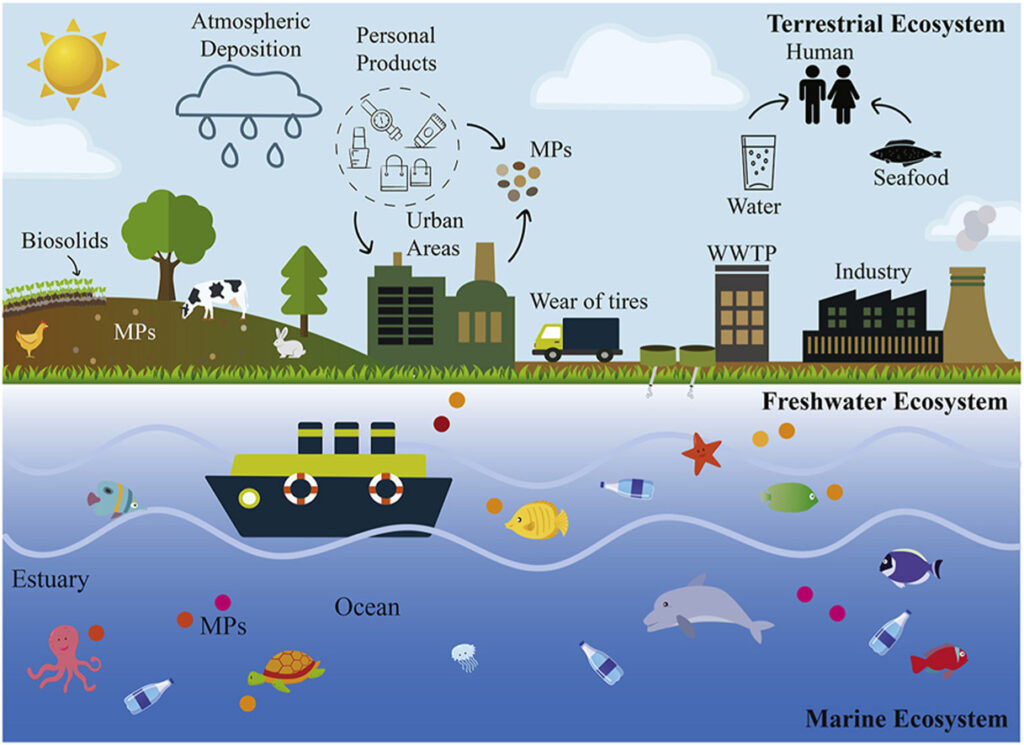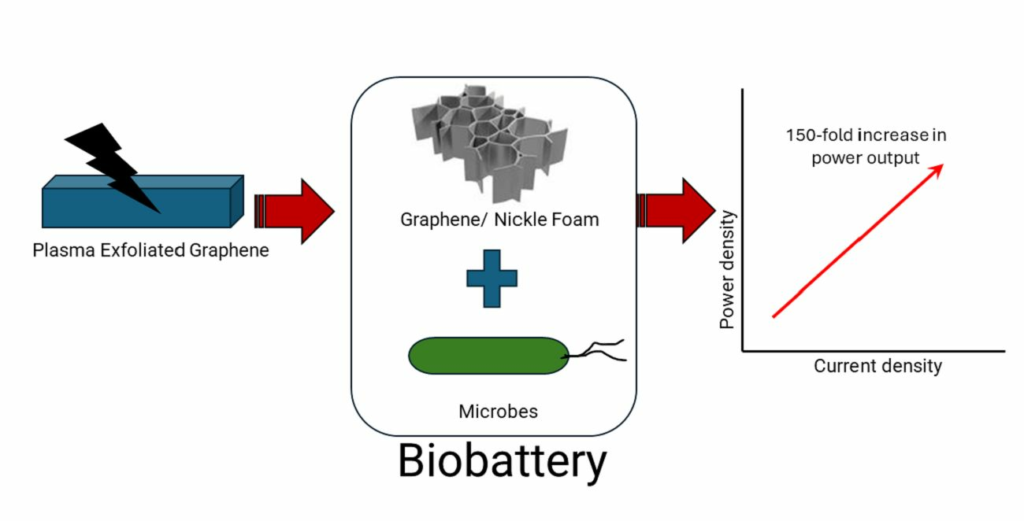Our research spans multiple disciplines within environmental and water resources engineering, including but not limited to: –
- Per- and Polyfluorinated Substances (PFAS)
- Fate and Transport (F&T) of emerging contaminants (microplastics, engineered nanomaterials, heavy metals)
- Stormwater runoff and pollutants treatment
- Watershed modeling
- Design of field sampling device
- Experimental design
- Urban water systems management
Recent peer-reviewed journal articles:
1. Microplastics in ecosystems: Critical review of occurrence, distribution, toxicity, fate, transport, and advances in experimental and computational studies in surface and subsurface water
Microplastics (MPs), particles under 5 mm, pervade water, soil, sediment, and air due to increased plastic production and improper disposal, posing global environmental and health risks. Examining their distribution, quantities, fate, and transport is crucial for effective management. Several studies have explored MPs’ sources, distribution, transport, and biological impacts, primarily focusing on the marine environment. However, there is a need for a comprehensive review of all environmental systems together for enhanced pollution control. This review critically examines the occurrence, distribution, fate, and transport of MPs in the following environments: freshwater, marine, and terrestrial ecosystems (Link).

2. Graphene-Infused Hybrid Biobattery–Supercapacitor Powered by Wastewater for Sustainable Energy Innovation
Human society annually produces nearly 100 billion gallons of wastewater, containing approximately 3600 GWh of energy. This study introduces a proof of concept utilizing graphene materials to extract and instantly store this energy. A hybrid device, mimicking a microbial fuel cell, acts as both a battery and supercapacitor. Wastewater serves as the electrolyte, with indigenous microorganisms on the graphene electrode acting as biocatalysts. The device features a capacitive electrode using a 3D nickel foam modified with a plasma-exfoliated graphene mixture (Link).

3. Evaluation of Uncertainty in Stream Flow Prediction Using Monte Carlo Simulation for Watershed-Scale Hydrological Modeling
Uncertainty analysis is crucial for quality control and application of hydrological models in water resources management. To demonstrate a detailed investigation of uncertainty in hydrological model prediction, we developed a Hydrological Simulation Program-FORTRAN (HSPF) model for simulating streamflow at the South Chickamauga Creek watershed, Tennessee, and quantified uncertainty in the model outputs resulting from the input parameters using Monte Carlo simulation (Link).

4. Critical Review of Engineered Nanoparticles: Environmental Concentrations and Toxicity
Purpose of Review
The increasing use of engineered nanoparticles (ENPs) has led to growing concerns about their environmental impacts. It has become a focus for researchers to explore their detection, quantification, as well as their fate and transport, and hence their ecotoxicity. A review of recent findings sets a basis for current knowledge of ENP levels in the surface water environment and provides a perspective to understand their toxicity (Link).

5. Behavior of engineered nanoparticles in aquatic environmental samples: Current status and challenges
The increasing use of engineered nanoparticles (ENPs) in consumer products has led to their increased presence in natural water systems. We focused on analyzing the F&T behavior of ENPs, including cerium, titanium dioxide, silver, carbon nanotubes, and zinc oxide, on real environmental samples. The transformation rates of ENPs and subsequently their physicochemical properties (e.g., toxicity and bioavailability) are primarily influenced by the modes of interactions among ENPs and natural organic matter (Link).

Sponsors:


